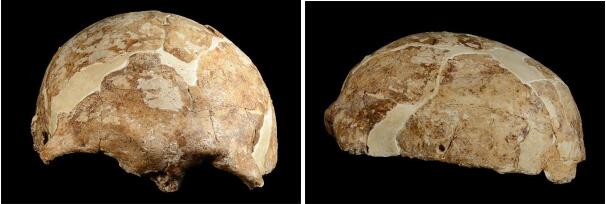Genomes reveal 60 million years of penguin evolution to extreme-cold and marine environments
LERAN MOREScientists have unveiled a Late Pleistocene human genome from southwest China. Their findings were published online in the journal Current Biology on Thursday night.
The scientists conducted the genome sequencing of the 14,000-year-old human remains of the "Mengzi Ren (MZR)," which were unearthed in 1989 in a cave in Mengzi, Yunnan Province. More than 30 human fossils, as well as fossils of animals such as the red deer, the macaque and the black bear, were discovered in the cave.
"Combined with published data, we detected a clear genetic stratification in the ancient southern populations of East Asia and Southeast Asia, and some degree of south-versus-north divergency during the Late Pleistoscene. The MZR was identified as a southern East Asian with genetic continuity with present-day populations," the paper's summary said.
According to the results of physical anthropological research on an unearthed human skull, its owner was a young woman who stood at a height of about 155 centimeters and weighed 46 kilograms. She lived a hunting and gathering life about 14,000 years ago, said Zhang Xiaoming, the paper's first author, also a research fellow at the Kunming Institute of Zoology under the Chinese Academy of Sciences.
The MZR people were also found to have deep genetic ties to the first Native Americans, Zhang noted.
Scientists estimate that the ancient humans living in caves in southern East Asia began to migrate northward when the weather turned warm, and there could have been a migration route along the coastline. Some people would finally have crossed the Bering Strait and reached America.
(Xinhua)





